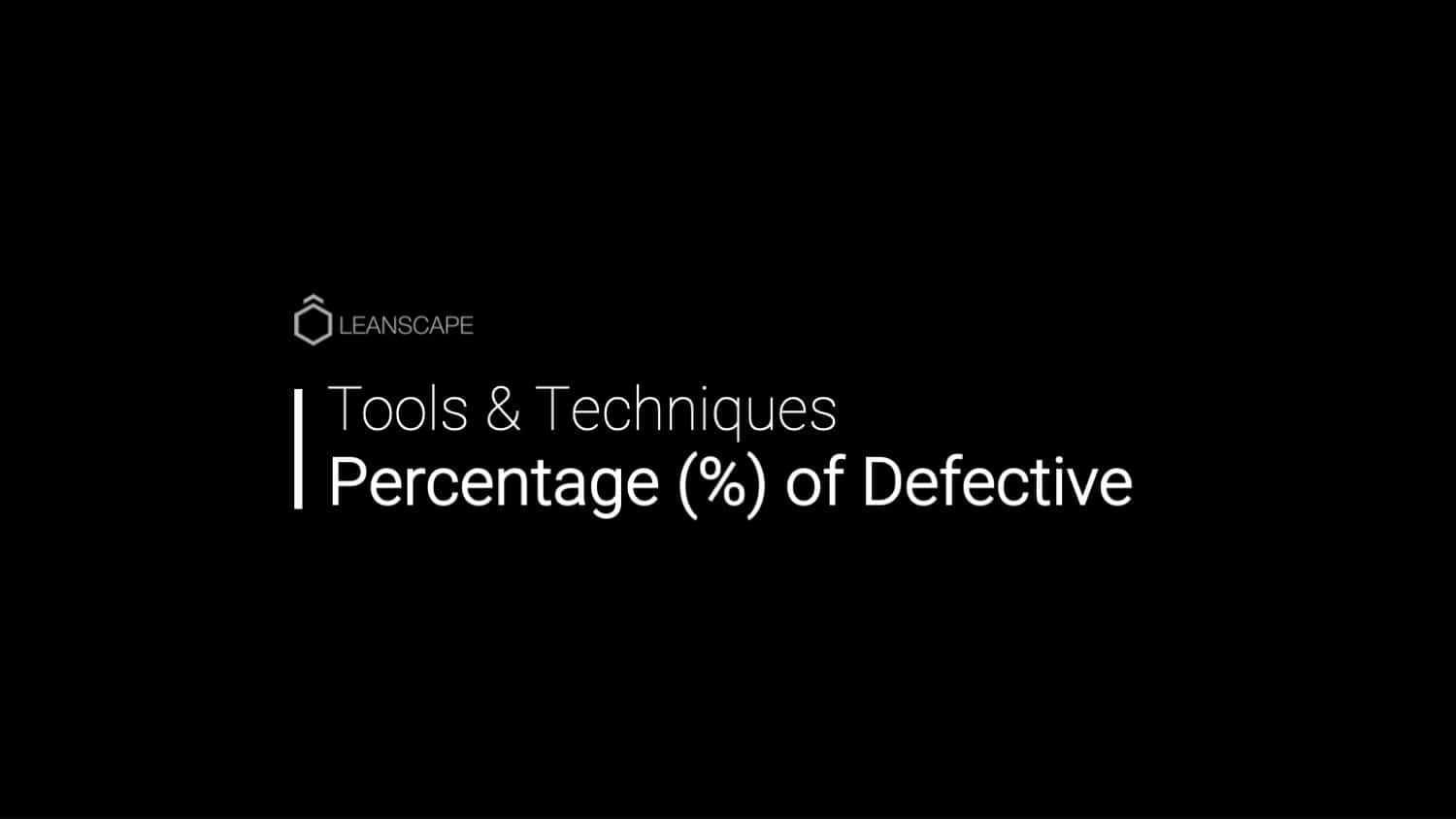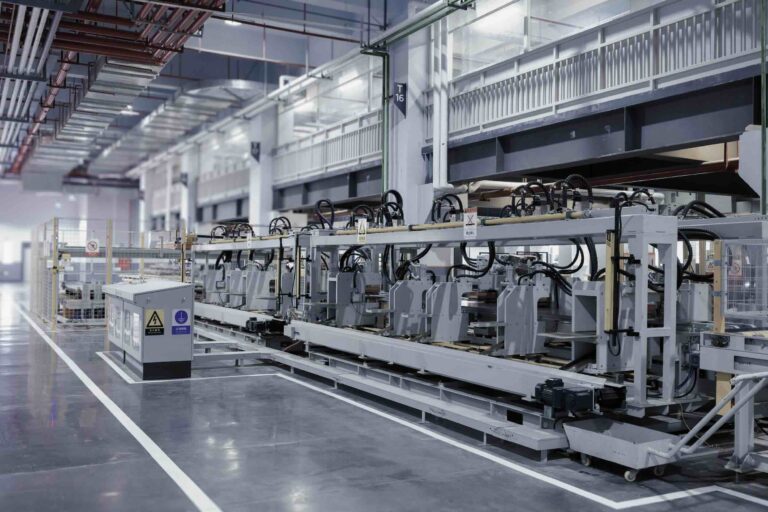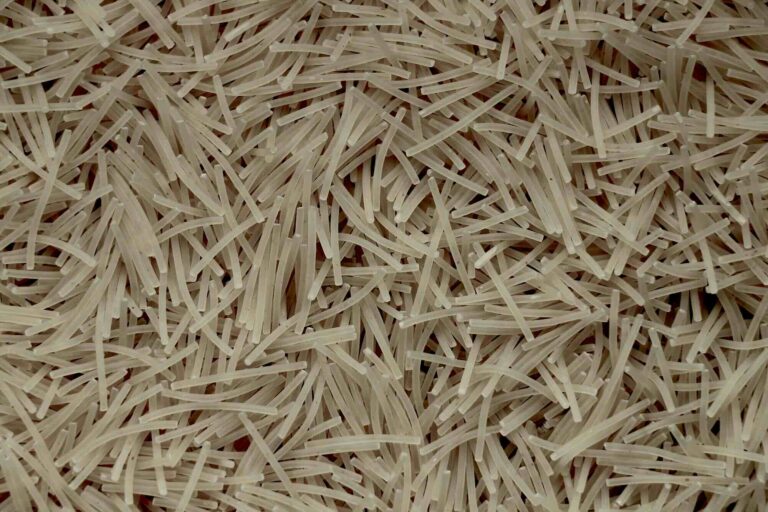Defect reduction in Lean Six Sigma
As a business professional, you always look for ways to reduce costs and increase efficiency. One way to do this is by implementing lean six sigma practices in your business. Lean six sigma is a methodology that relies on a team of trained professionals to identify and eliminate waste in a business process.
One key metric used in lean six sigma is the % defective. The % defective is simply the number of defective items divided by the total number of items produced. For example, if you have a manufacturing process that produces 100 widgets and 10 of those widgets are defective, then your % defective would be 10%.
Calculating % Defective
There are a few different ways to calculate the % defective. The most common way is to take a sample of items and count the number of defects. For example, if you take a sample of 100 widgets and find that 10 are defective, then your % defective would be 10%.
Another way to calculate the % defective is to use historical data. If you keep track of how many units are produced each day and how many are defective, you can calculate an average % defective over time. This can be helpful if you want to track trends or compare different processes.
Why It’s Important
The % defective is important because it helps you identify areas for improvement in your manufacturing process. If you know how many defects there are in a process, you can work on reducing that number. Reducing the number of defects will lead to increased efficiency and lower costs.
Conclusion:
As a business professional, it’s important to look for ways to reduce costs and increase efficiency. One way to do this is by implementing lean six sigma practices in your business and calculating the % defective. The % defective helps you identify areas for improvement in your manufacturing process so that you can work on reducing defects and increasing efficiency.
To learn more about how the % defective can be used to drive continuous improvement in your business, join our Lean Six Sigma Green Belt Course and take advantage of the free trial.


















